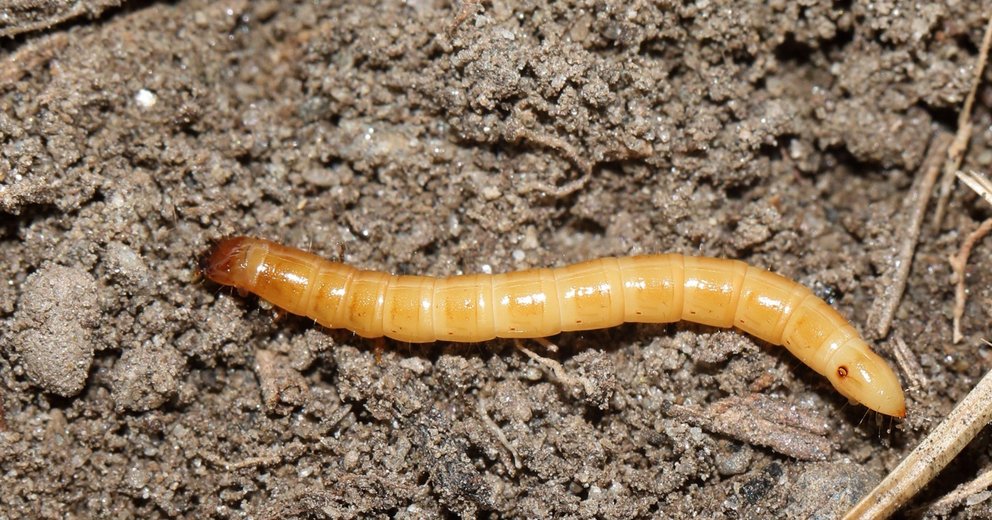
Wireworm-Control: Practical and sustainable control of wireworms
Worldwide, a large number of crops are damaged by wireworms which feed on underground plant parts. Significant yield losses are caused in potatoes, maize and vegetables. In Austria alone, around 130,000 tons of potatoes had to be disposed in 2018 due to wireworm damage. In order to ensure regional and sustainable food production, it is necessary to control wireworm populations on areas where susceptible crops are grown.
Wireworms are the larvae of click beetles whose development takes place in the soil and lasts three to five years. During this time, the larvae feed on underground plant parts such as roots and tubers. Due to their long-term, underground development, one-year control strategies have so far not been successful. To develop novel means of wireworm control measures the project “Wireworm Control: Practice-based and sustainable regulation of wireworms" has been funded by the Austrian Federal Ministry of Agriculture, Regions and Tourism as well as the Federal States of Austria. The central aim of this project is to develop a multi-annual control strategy using environmentally friendly control measurements. For this purpose, different measures will be combined to combat the pest throughout different stages of its life cycle. Importantly, the project also considers the practical evaluation and implementation of the new control measures in agricultural practice through regular meetings with farmers and advisors.
Wireworm Control is coordinated by AGES and jointly carried out among seven other Austrian institutions from 2021 to 2025. Within the project, the team from the University of Innsbruck is mainly focusing on the following two topics:
- Optimization of an attract-and-kill approach using insect pathogenic fungi (Metarhizium brunneum) and trap crops.
In a field trial, integrated in a three-year crop rotation, an optimized attract-and-kill method and its combination with intensive soil tillage is tested. Through intensive wireworm sampling, the effect on wireworm population as well as wireworm damage is investigated. Molecular gut content analysis is used to identify plants preferred by wireworms and to investigate the role of weeds in their feeding behavior.
- Investigating the role of plants and their volatiles for oviposition choice of female click beetles to develop an attract-and-kill approach for eggs and early instar larvae. Behavioral experiments with female click beetles and electroantennography is used to gather information on oviposition site selection. For this purpose, different plants and their volatiles are tested for their attractiveness to female click beetles.
ATE members involved in Wireworm Control:
- Michael Traugott (PI)
- Michael Brunner (PhD student)
- Riccardo Favaro (PostDoc)
- Prisca Tretter (MSc. student)
- Natalie Modl, Anna Maurer, Kevin Lachberger (BSc. students)
Marjana Ljubisavljevic, Melissa Suntinger (field assistants)


